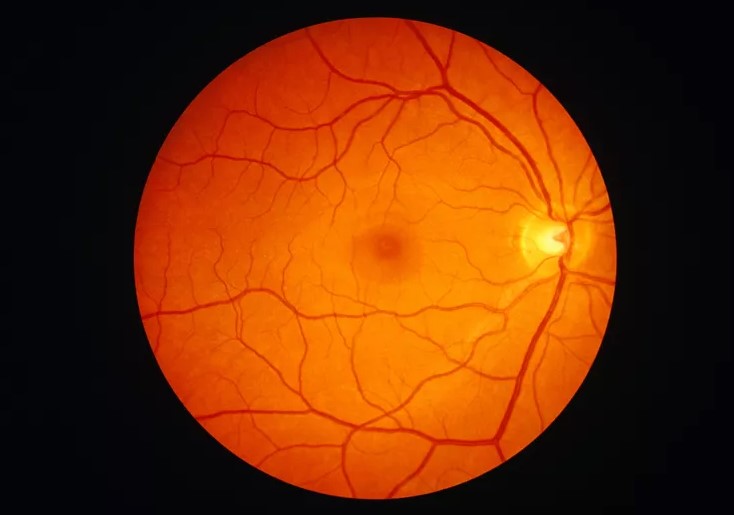The retina is a sensory membrane that lines the inner surface of the back of the eyeball. It is composed of many layers, including one that contains specialized cells called photoreceptors. There are two types of photoreceptors – rods and cones. The former helps to detect motion, provide black and white vision, whereas the latter performs best in medium and bright light, and is responsible for coloured vision.
VITREO-RETINA EYE DISEASE
Retinal Detachment- is a situation in which the retina is pulled away from its normal position. In this case the retinal cells get separated from the layer of blood vessels that provides oxygen. If this remains untreated then it may lead to the loss of vision.
Symptoms:
- Blurred vision
- Flashes of light in one or both the eyes
- Floaters
Causes:
- Tear in retina, causing vitreous humor to drain out through the tear
Treatment:
- Vitrectomy
Macular Degeneration
Macula is the central part of the retina. Macular degeneration may occur due to deterioration of the macula. It is one of the root causes of vision loss. People suffering from macular degeneration may suffer from loss of central vision.
Dry macular degeneration (non-neovascular)
Dry AMD is an early stage of the disease and may result from the aging and thinning of macular tissues, depositing of pigment in the macula or a combination of the two processes. Dry macular degeneration is diagnosed when yellowish spots known as drusen begin to accumulate in and around the macula. It is believed these spots are deposits or debris of the deteriorating tissue.
Wet macular degeneration (neovascular)
In about 10 percent of cases, dry AMD progresses to the more advanced and damaging form of eye disease. With wet macular degeneration, new blood vessels grow beneath the retina and cause leakage of blood and fluid. This leakage brings about permanent damage to the light- sensitive retinal cells, which die off and create blind spots in the central vision.
Symptoms:
- Distorted image
- Shadows in central vision
Causes:
- Aging
- Heredity
- High blood pressure
- Obesity
Treatment:
- Anti-VEGF injections.
Diabetic Retinopathy
The occurrence of diabetes mellitus is on the rise all over the world. In India, more than 60 million people are suffering from it. The repercussion of diabetes includes Diabetic Retinopathy (DR) which is a major cause of avoidable blindness. Around 12-18% of the diabetic population develops Diabetic Retinopathy. Diabetes causes the weakening of blood vessels in the body. The blood vessels in the retina are
tiny and delicate and thus are more prone to undergo this deformation. Thus, these deformations are accompanied by structural changes of the retina, termed as Diabetic Retinopathy, leads to the loss of vision.
The patients initially will not show any symptoms and they will have perfect vision even though there would be bleeding and swelling of the retina. It is treatable at this stage, so it is crucial to get your retina examined regularly even though the vision is normal.
Some of the symptoms are:
- Blurred Vision
- Floaters
- Visual impairment

The retina is the innermost, light-sensitive layer of tissue of the eye. There are many inherited and acquired diseases or disorders that may affect the retina. Some of them include: Diabetic retinopathy, retinal detouchment, macular degeneration, night blindness etc.
Netraalok provides a variety of services for retinal disorders, like
- 3D OCT ( Topcon,Japan), *Retinal Argon Laser ( Barrage, PRP, Sectoral, etc)
- USG B- Scan
- Retinal Acquity metry ( RAM)
- Diabetic retina work up
- Indirect ophthalmoscopy etc.
- We are using here the most important ANTI VEGF Injections, including Accentrix, Pagenax, Rajumab, and Eylea, which are most important in modern Ophthalmology.
